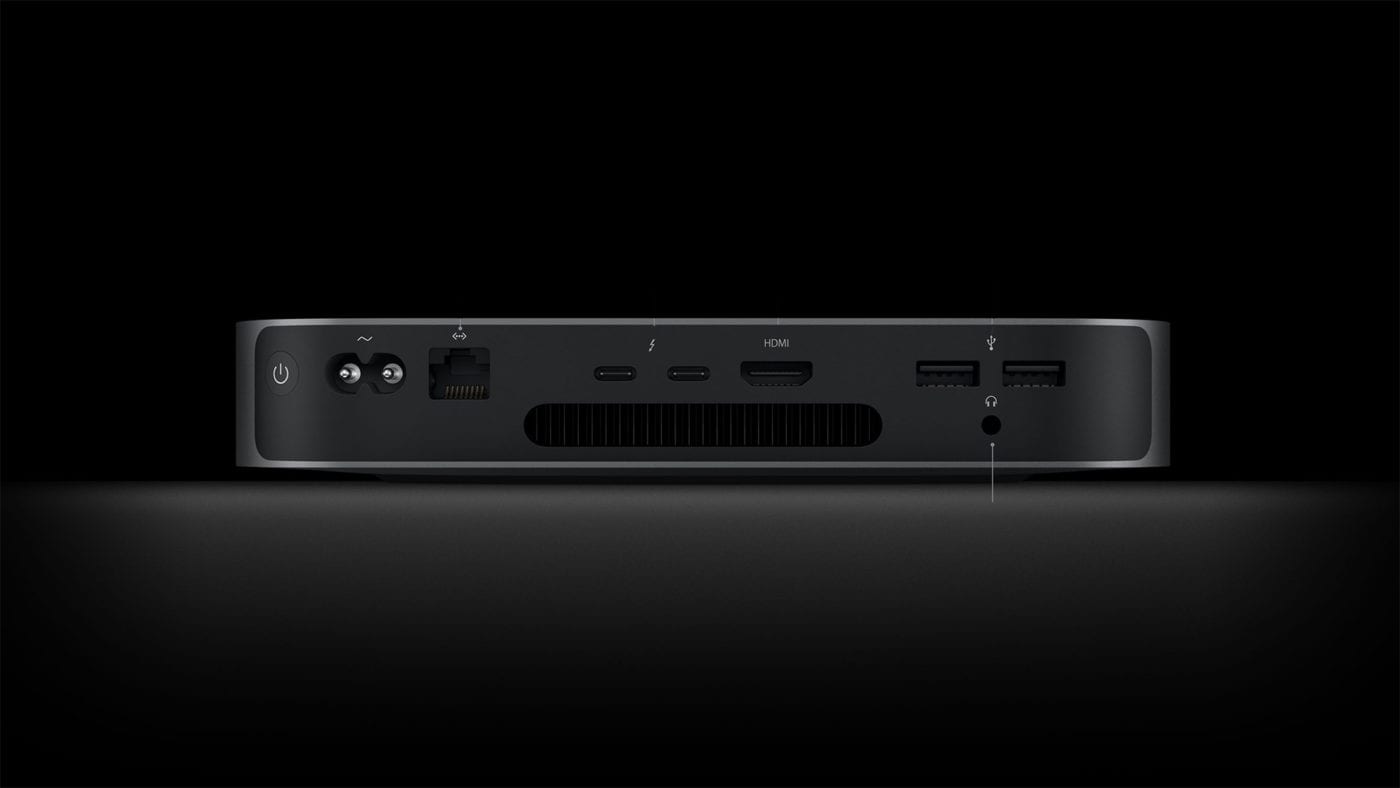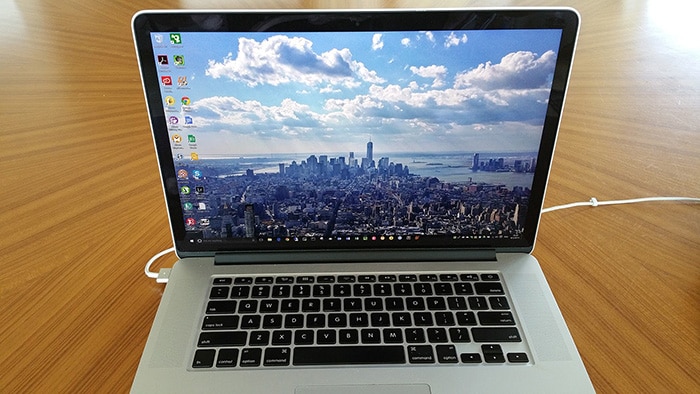

Marek didn't quantify the "substantially" better SPECViewPerf/Snx performance but he did cite some Piglit micro-benchmark test cases around glCallList ranging from gains between 9% and 265% faster than the prior display list implementation. It has much lower CPU overhead in the frontend, threaded context, and the driver." Marek went on to add, " It improves the score of viewperf13/snx substantially." Marek noted in the merge request, " This new interface is designed to be optimal for display lists as implemented by the vbo module.
#APPLE CINEMA DISPLAY WINDOWS DRIVER DRIVER#
Well known open-source AMD OpenGL driver developer Marek Olšák last week opened the now-merged MR to implement a new low-overhead display list interface that in turn is providing the latest win. RadeonSI passed that threshold this summer and has been moving beyond that since. So it will look like: 16 inch MBP>this adapter>Thunderbolt 2 cable>2013 MBP. For the use you have described, you will also need a Thunderbolt 2 cable (male/male) to connect this adapter to your 2013 MBPs female Thunderbolt 2 port. For Linux gaming, the RadeonSI driver has long been superior but workstation took additional tuning and focus. The Thunderbolt 3 (USB-C) end is male, the Thunderbolt 2 end is female.

Over the course of the summer, RadeonSI was crossing the threshold of being faster than the proprietary AMD OpenGL driver available on Linux and Windows.

Over the past year we've seen AMD's driver engineers continue to focus on many RadeonSI optimizations to benefit workstation workloads, in particular using SPECViewPerf as the baseline and often focusing on Siemens NX (Snx). While these days most Linux games exclusively target the Vulkan API and efforts around Valve's Steam Play are focused on mapping Direct3D to Vulkan, OpenGL still has a large presence particularly for workstation software. This latest driver overhead reduction is another sizable win for AMD's open-source OpenGL driver on Linux.
#APPLE CINEMA DISPLAY WINDOWS DRIVER CODE#
Merged to Mesa 21.3-devel this weekend was a rework to the display list interface for the Gallium3D code and Mesa state tracker and wired up for the RadeonSI Gallium3D driver.


 0 kommentar(er)
0 kommentar(er)
